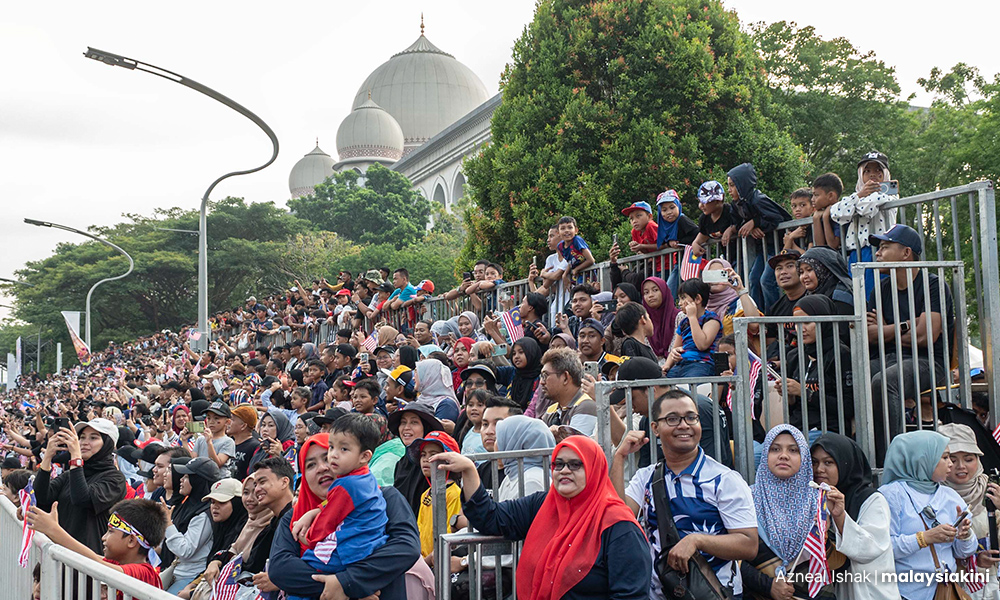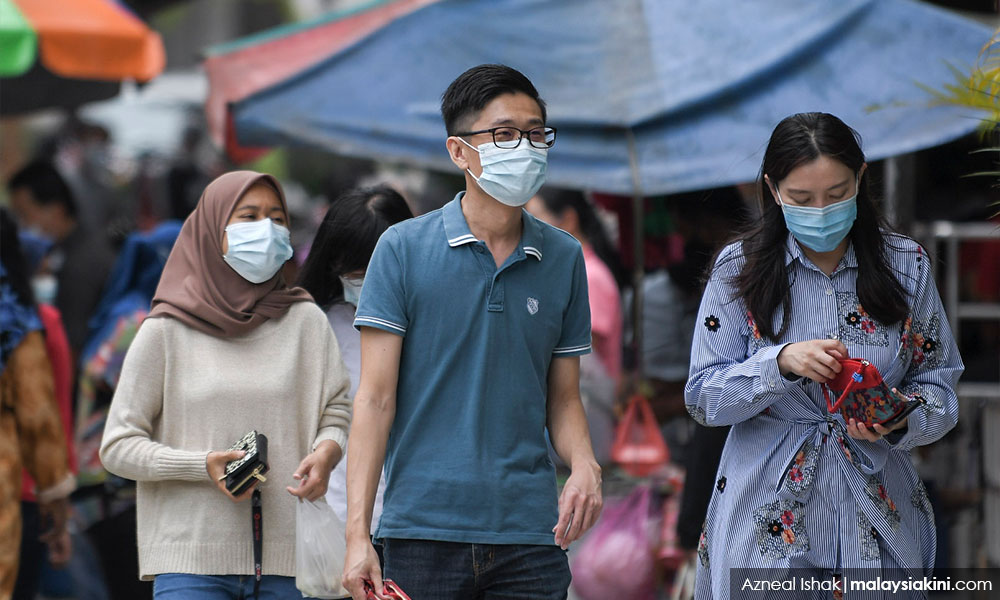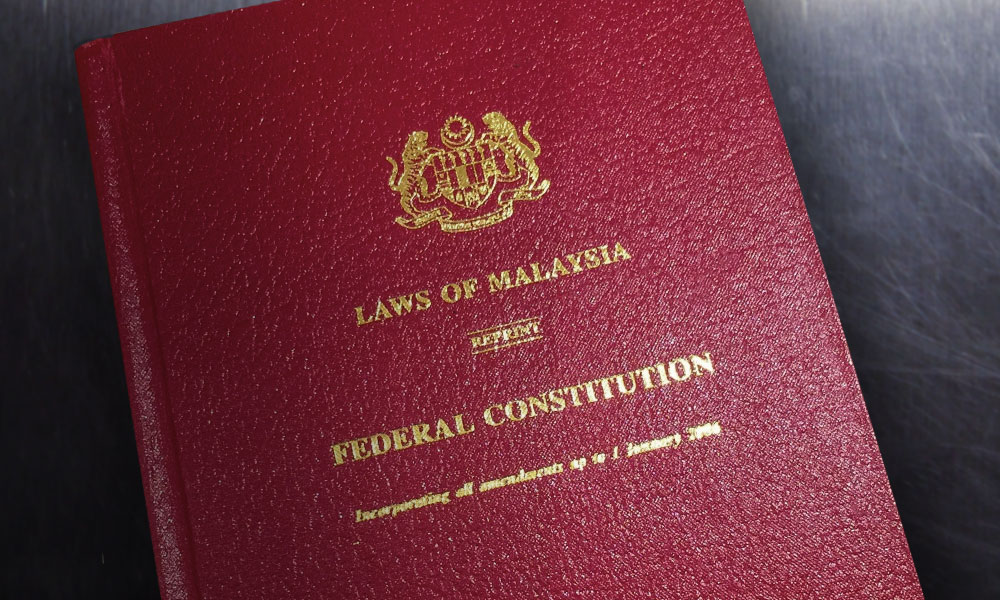Prime Minister Anwar Ibrahim has wisely declared that “academics can talk about the 3Rs but not incite hate” [PM: Academics can talk about 3R but not incite hate, Sept 21].
After more than six decades of scholarly reflection upon these matters so central to Malaysian statehood and national identity, I have reached my own conclusions.
I offer this brief analysis to honour the memory of a great Malaysian, Prof Syed Husin Ali, whose acquaintance I first made in London, at the London School of Economics and Political Science, in 1966.
In short, I have concluded that there are not three but five key “Rs”. And that to understand Malaysian politics and society, you need to understand all five: not separately but in their interplay, their still unresolved and unfinished contestation. Or rather, the contestation between their various champions, their often adamant, unyielding and uncompromising protagonists.
So what are these five intertwined, interconnected and ideologically fraught or heavily weighted “Rs” that together form what we may term the “modern Malaysian political constellation”?
The 5Rs
It has become commonplace in recent times to refer in a shorthand way to the 3Rs of Malaysian politics and history: rulers, race and religion. Earlier, quite some time ago, I suggested that there are in fact five “Rs”: rulers, religion, race, rakyat, and rights.
And note: rakyat here can be used ambiguously, be of “shifting referent or denotation”: it may sometimes signify inclusively the entire citizenry of the modern nation (as in the expression kedaulatan rakyat, meaning “popular sovereignty”) and sometimes be used more narrowly to denote only those citizens who are also Malay subjects of a Malay ruler in a Malay sultanate-state.
These five terms and how one bundles them together coherently - what plausible package one makes of them - is the heart of the matter, of Malaysian public life and national identity.
They are the terms, or recognised currency, of the Malaysian public imagination.
But putting them together and reconciling them is no simple thing.
It is a passionately and fundamentally contested matter.

And note too of these five terms, the politically crucial one is the one that is not usually made explicit in this context: rights.
How one sees and connects, hooks up, the other four decides how, on anyone’s preferred doctrinal understanding of these issues, political rights are allocated to and distributed among Malaysia’s citizens.
But there are, it must be noted, better and worse ways, meaning historically more and less accurate or faithful ways, of attempting the task.
Yet together, as a bundle, these are the five key terms of Malaysian political theory and philosophy - at the practical or lived level. They are what Malaysian public life is about, its transactional terms and also its material and moral substance.
One may bundle the five of them together in a number of different ways. But only one of them is historically and legally correct, faithful to the nation’s origins. All the others are in some measure historically inadequate, unjustified and even misleading.
The Malaysian ‘social contract’
That charge applies especially to the so-called ketuanan Melayu (Malay supremacy) theory of the supposed kontrak sosial (social contract) that was confected, as the New Economic Policy (NEP) era was closing, by Umno veteran Abdullah Ahmad, and then powerfully promoted during the first two decades of this present century.

This “ethnocratic” version of Malaysian political reality, this proffered charter for national life, generally forgets that Malaysia does have (and long before Abdullah’s invention already had) a social contract, one that was solemnly negotiated and promulgated: at the nation’s founding moment, during the Merdeka process.
It is called the Federal Constitution.
The ketuanan Melayu theory of the Malaysian social contract is the “Piltdown Man” of Malaysian political and constitutional history. It seeks to justify itself by providing - by filling in the “missing pieces” for - an account of the history that its zealous proponents wish that they, and Malaysia, had had - rather than the (to them less congenial) history that in fact occurred, and to which all Malaysians are heirs.
The historical truth is that the terms of the mutual alignment, accommodation and interaction of these five key “Rs” were decided long ago, in the Merdeka Federal Constitution of 1957 and then brought forward in its 1963 version.

Malaysia is not, historically and constitutionally, a Malay state or an Islamic state, either in established fact or by inescapable or obligatory destiny.
Nor is it an absolute monarchy. It is a constitutional monarchy in which the Agong embodies, symbolises and personifies, and is also charged with upholding the spirit of the Federal Constitution of Malaysia as a constitutional state. As the basis of modern Malaysian nationhood and Malaysia’s international legal and political personality.
So where does sovereignty in this modern state reside?
It resides in the Federal Constitution itself, as an expression of the common, shared and democratic sovereignty of the Malaysian people: of the Malaysian nation and, as joint stakeholders in common, of its people as a whole, its citizens.
It was placed with them when, at the moment of decolonisation in 1957 (and on the general pattern of its formal decolonisation process worldwide), Britain transferred its governing political supremacy, via the new Federal Constitution, to their successors, the new Malaysian nation and its people. - Mkini
CLIVE KESSLER is emeritus professor of sociology and anthropology at the University of New South Wales, Sydney.
The views expressed here are those of the author/contributor and do not necessarily represent the views of MMKtT.




No comments:
Post a Comment
Note: Only a member of this blog may post a comment.